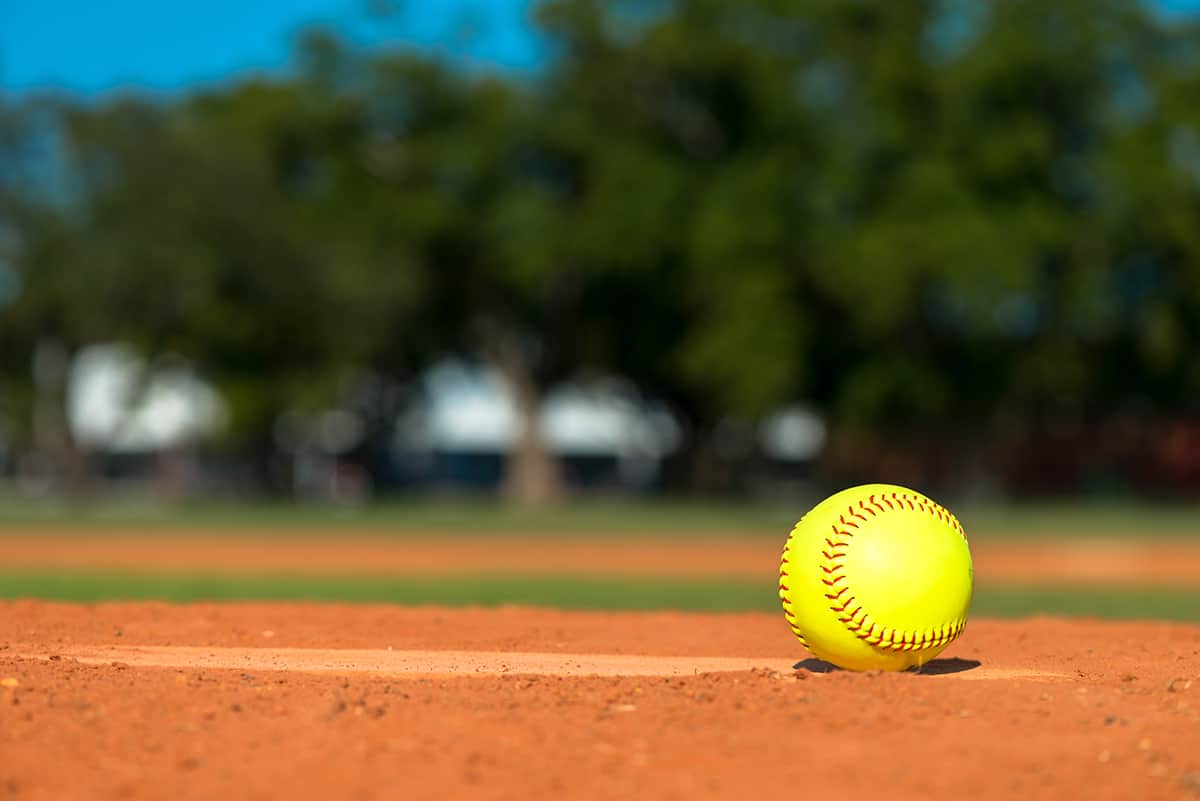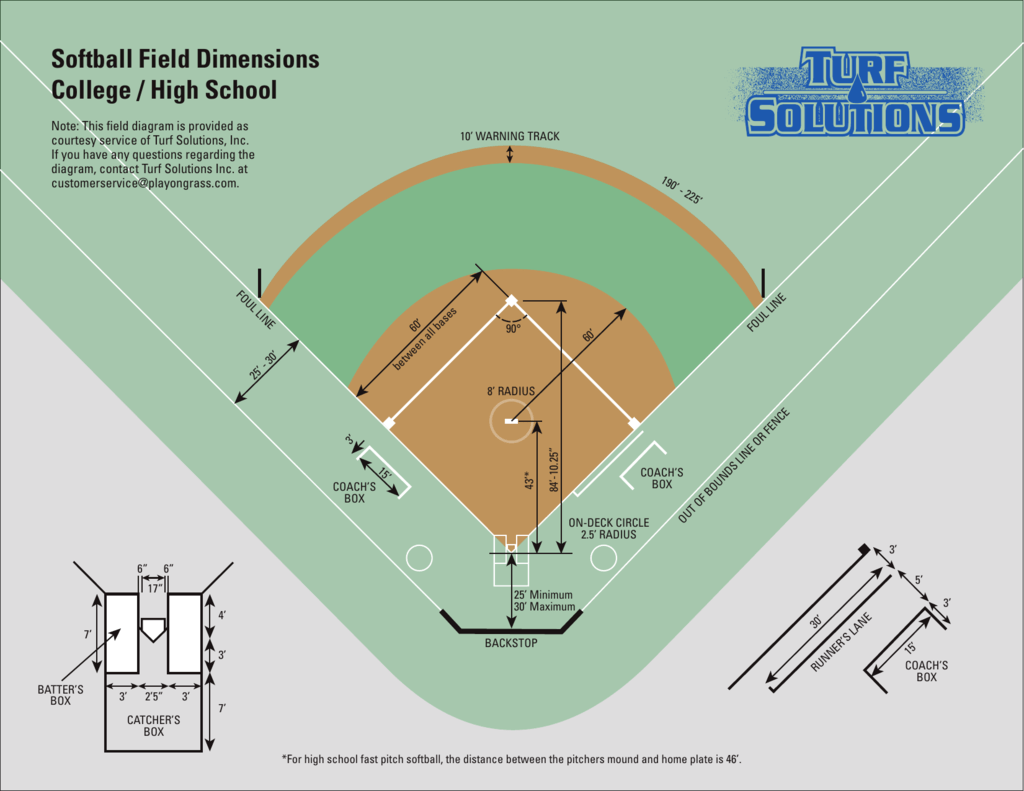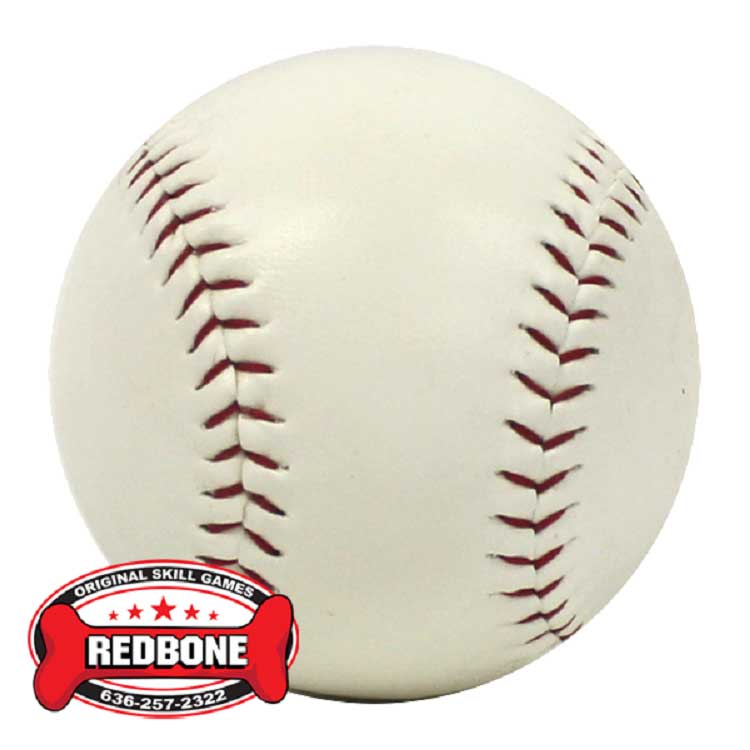Regulation Softball Size : What it is
The Regulation Softball Size is a key element in the world of softball. Its specific measurements and characteristics play a crucial role in the game, ensuring fairness, consistency, and optimal performance for players. In this article, we will delve into the details of the Regulation Softball Size, explore its importance, and provide valuable information for softball enthusiasts. So, let's get started!
Regulation Softball Size: What it is
The Regulation Softball Size refers to the standardized dimensions of a softball that are universally accepted in official softball games. It ensures that all players, regardless of their skill levels or physical attributes, play with an equal advantage. The key measurements for a Regulation Softball Size are as follows:
- Diameter: A Regulation Softball has a diameter of 12 inches, making it larger than a baseball.
- Weight: The standard weight of a Regulation Softball ranges from 6.25 to 7.26 ounces, depending on the specific league or level of play.
- Material: Softballs are typically made of a variety of materials, including leather, synthetic leather, and composite materials.
Why the Regulation Softball Size Matters
The Regulation Softball Size is of utmost importance in the game of softball for several reasons. Here are some key factors that highlight its significance:
1. Consistency
The consistent size and weight of Regulation Softballs help maintain a level playing field for all players. Each team has the same equipment to work with, ensuring fair gameplay and equal opportunities.
2. Player Safety
Softballs designed with Regulation Softball Size help minimize the risk of injury during gameplay. When players are accustomed to the standardized size, they can better anticipate and react to the ball's trajectory, reducing the chances of injury.
3. Skill Development
Playing with Regulation Softballs allows players to develop and refine their skills effectively. By practicing with a ball of consistent size, weight, and material, they can improve their pitching accuracy, fielding techniques, and hitting abilities.
How to Choose the Right Regulation Softball
To make the most of your softball experience, it is crucial to choose the right Regulation Softball. Consider the following factors when making a selection:
1. League Regulations
Different leagues may have specific regulations regarding the type of softballs allowed. Consult your league's guidelines and choose a softball that meets their requirements.
2. Material
Softballs are available in various materials, each offering unique characteristics. Determine whether you prefer leather, synthetic leather, or composite material based on your personal preferences and the playing conditions you encounter.
3. Durability
When investing in a Regulation Softball, consider its durability. Look for softballs that are resistant to wear and tear, ensuring they last longer and maintain their performance throughout extended periods of use.
FAQs (Frequently Asked Questions)
Here are some frequently asked questions about Regulation Softball Size:
Q1: Can I use a baseball instead of a softball for practice?
A1: While practicing with a baseball can be beneficial for certain skills, it is recommended to use Regulation Softballs to develop the specific techniques required for softball gameplay.
Q2: Are there different Regulation Softball Sizes for different age groups?
A2: Yes, there are variations in Softball Sizes for different age groups. Younger age groups often use smaller softballs to accommodate their physical abilities and ensure age-appropriate gameplay.
Q3: Can I use a Regulation Softball for recreational play?
A3: Absolutely! Using a Regulation Softball during recreational play will enhance your performance and give you a realistic experience of playing the game.
In conclusion, the Regulation Softball Size plays a vital role in the sport of softball. Its standard dimensions ensure fairness, safety, and skill development for all players involved. By understanding the importance of the Regulation Softball Size and choosing the right softball for your needs, you can enjoy the game to the fullest. So, grab your Regulation Softball and get ready to hit it out of the park!
Guide To Softball Size & Weight - MeasuringKnowHow
 Image Source : www.measuringknowhow.com
Image Source : www.measuringknowhow.com Sports Basics: Softball And Baseball Rules And Regulations
:max_bytes(150000):strip_icc()/Baseball_diamond_diagram_wikipedia_commons-56a069b23df78cafdaa18207.jpg) Image Source : grammar.about.com
Image Source : grammar.about.com softball wikipedia field regulations
Wiffle Ball 12" King Regulation Softball Size Curve Training Plastic
 Image Source : www.ebay.com
Image Source : www.ebay.com ball
Softball Field Dimensions | Softball Fun, Baseball Field Dimensions
 Image Source : www.pinterest.nz
Image Source : www.pinterest.nz Softball Field Dimensions- HS & College
 Image Source : studylib.net
Image Source : studylib.net softball field dimensions college hs school diagram high
Regulation Softball - Redbone Games
 Image Source : redbonegames.com
Image Source : redbonegames.com regulation
Baseball Glove Ball Holder, Resin Trophy Award. 5" Fits Regulation
 Image Source : www.pinterest.com
Image Source : www.pinterest.com Zip Ball Training Aid - Case (12 Balls) With Instructional Drills
ball zip size softball balls training baseball drills aid case instructional regulation should use who
Wiffle ball 12" king regulation softball size curve training plastic. Baseball glove ball holder, resin trophy award. 5" fits regulation. Softball field dimensions college hs school diagram high. Sports basics: softball and baseball rules and regulations. Softball field dimensions